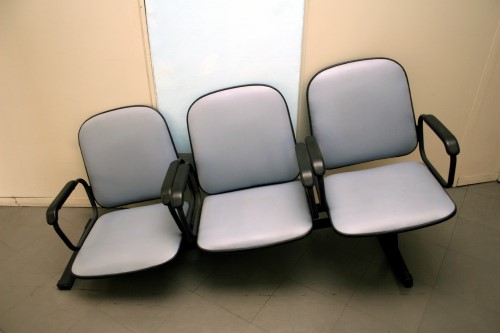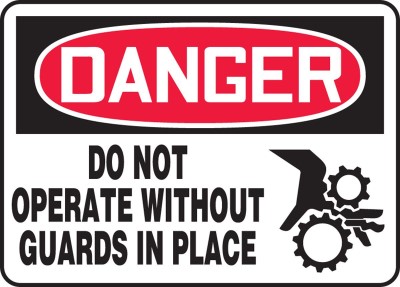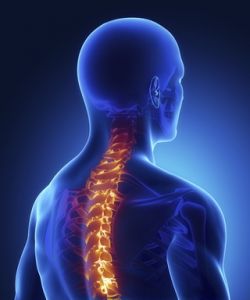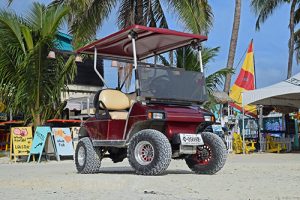Many legal claims result from people getting injured while using a chair or stool. These happen within the work environment or in the social setting. Whether it be the four legged chair or the three legged stool, claims of failure typically focus on one of four allegations. Engineering experts can help navigate to the root cause as well as the associated liability of the various parties within the claim.
First, perhaps the most common claim is that the chair was not properly designed. Engineering experts can help with this allegation by opining upon standards, guides, and human factors. Below are a few examples:
– ANSI/BIFMA X5.1 – General-Purpose Office Chair Tests
– Guide to United States Furniture Compliance Requirements -National Institute of Standards and Technology – U.S. Department of Commerce, February 2012, Revised August 2013.
– Safety, Performance and Environmental Testing of Commercial and Residential Furniture, Underwriter's Laboratory White Paper
– Human Factors Design Handbook, Second Edition, Woodson, Wesley E., et al., McGraw-Hill, Inc., 1992
Secondly, other allegations focus on the chair failure due to possible component failure or mis-use of the product. If an injured party mis-uses a chair, it may fail due to overloading or over stressing of the design. For instance, if the injured party stands on a chair with rolling casters that are not secured, bad things can happen. A biomechanical engineer can opine on the injury causation to confirm possible mis-use of a product. Engineering experts can test alternative theories in controlled environments to prove the science behind the injury or failure of product. More on the testing option later in this article…
A third allegation is that the chair was not assembled or fabricated correctly. This is a more straight forward investigation. Possible causes might be missing screw/fastener, screw/fastener not tightened, welds could be inadequate or incorrect or not all necessary component parts were installed. An engineering expert uses manufacturer's instructions and accepted known practices to investigate for things such as witness marks on the evidence to investigate these type of allegations.
Finally, a typical fourth scenario might be that a fastener or component part failed. This allegation may call the need for failure analysis of the component including categorization of the failure mechanism (fatigue, overload, etc.)on a fastener's threads or the material science quality of manufacturing. Sometimes, component parts fail as a result of the accident and are not the cause of the accident.
Regardless of which allegation you need to address, product testing is a proven pathway to bolster an engineering expert's opinion. In doing this, the engineer can explain the science with real life reconstruction. In conducting product testing, an engineering expert reviews standards and manufacturer's procedures as the initial step. Specific testing per applicable standards may be implemented as well as case specific testing to prove/disprove theories. Additionally, all available recorded information, such as accident reports, safety standards, written materials and warnings for the product in question are reviewed. An exemplar product is tested under normal conditions for safety, stability and durability (depending the issues of the case). Sometimes, an engineer will conduct experiments using a test subject, such as a person or object of the same size and weight as the person involved in the original accident. This provides the engineer with the accuracy of how and why the accident occurred (all conducted under safe conditions). All testing performed is documented with notes and photography to ensure powerful demonstrative evidence is available for future use.
Featured Engineer: Douglas Hrobak, M.S.M.E., P.E., CFEI
Submit a case or claim online.
Contact a CED Engineer in your region.






